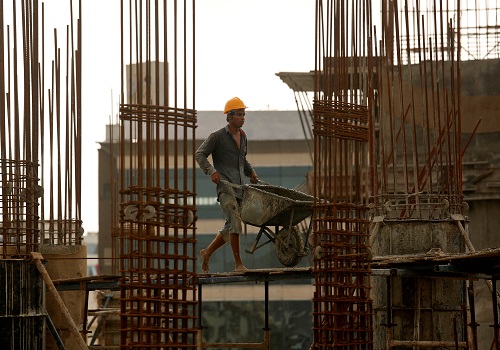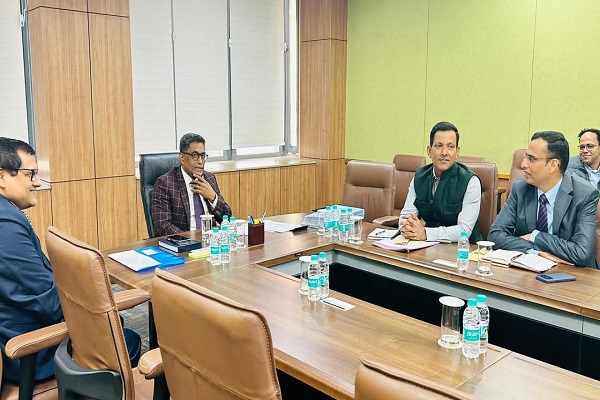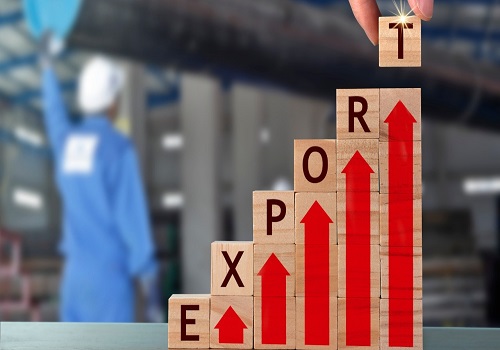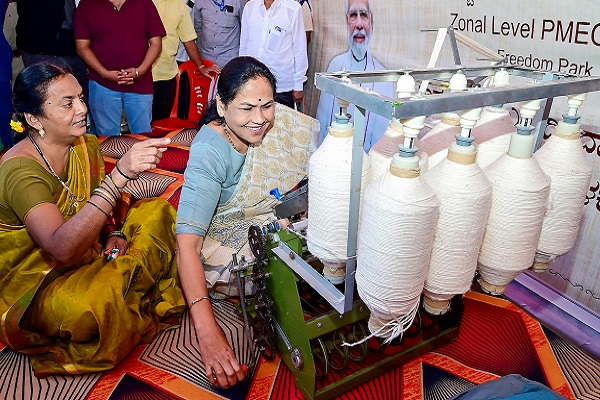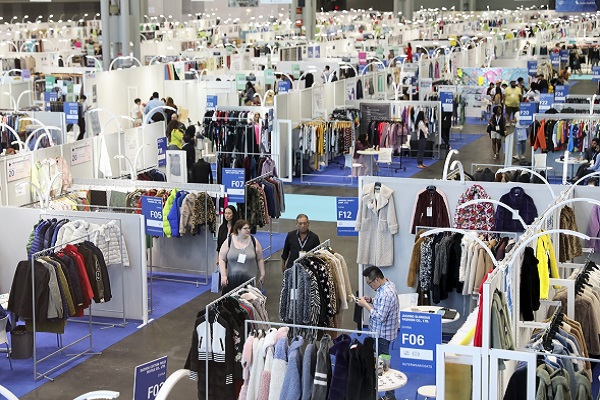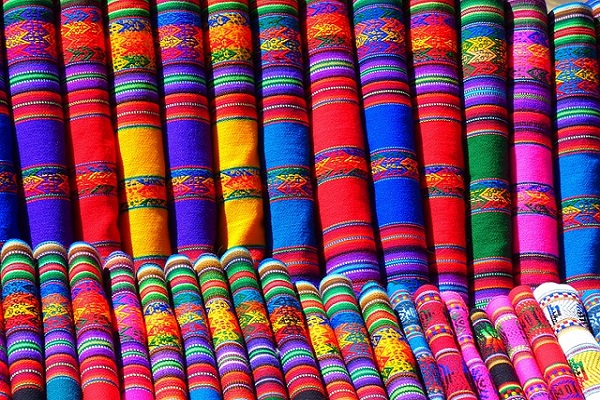Textile Sector Update : Near-term challenges persist; global retailers eye healthy inventory levels By JM Financial Services Ltd

Commentaries by global retailers on inventory position and demand show mixed sentiments – for instance, Walmart / Target / TJX hinted at higher inventory levels to the tune of 3.8% / 2% / 14% YoY respectively while Nike reported flat to slightly down inventory levels, reflecting focused efforts to bring down previously elevated stock levels. Global retailers continue to monitor customer demand and maintain a cautious approach in this tariffimpacted period. This is in line with a recent conversation we had with a global sourcing textile expert. Some of the takeaways from that call were: a) global retailers believe 50% tariffs is transitory – it is expected to come down to 20-25%; b) customers remain highly sensitive on pricing, which makes it difficult to pass on the tariff impact to end-consumers; end-game could be - global retailers expect retail prices to go up by 10% in a high-tariff scenario c) transshipping products through other low-tariff countries also remains a challenge as shifting production and managing logistics continue to be a hassle – the US is wary of such cases and has levied 40% tariffs on Vietnam on products that come through transshipment d) India remains better placed in home textiles compared to apparels given its strong hold in this sector and e) Indian exporters having manufacturing facilities in multiple countries like Pearl Global, Gokaldas Exports (Kenya), etc. remain relatively insulated. In Jul’25, India’s market share in US imports of cotton sheets and terry towels declined to 58% (64% in Jun’25) and 41% (49% in Jun’25) respectively while China’s market share increased to 8% and 17% in the two segments. We await August data to assess the impact of tariffs. Even though near-term challenges persist, any positive outcome on a) ongoing FTA negotiations with EU-27 b) bilateral discussions with the US and c) increasing addressable market with UK FTA in place might abate the near-term impact and turn out to be a growth driver for the sector. Given the highly fluid situation, we will revisit our numbers aided by a clear management commentary along with the preview numbers. Gokaldas Exports and Welspun Living remain our preferred picks in the space.
* Global retailers adopt a prudent inventory approach: In their recent earnings calls, major global retailers highlighted their strategies for coping with ongoing market volatility. Walmart, Target, and TJX witnessed higher inventory levels to the tune of 3.8% / 2% / 14% YoY respectively given higher cost of imported goods, driven by tariffs and other pressures. By contrast, Nike witnessed flat to slightly down inventory levels, reflecting continued focus on reducing excess stock. Companies such as Walmart and TJX remain optimistic, with Walmart raising its full-year sales growth guidance to 3.75%-4.75% and TJX raising its full-year sales growth guidance to 3% for the year. Target has guided for a modest single-digit sales decline, and Nike expects a mid-single-digit drop in revenue for the next quarter due to the tariff headwinds. Overall, persistent tariff uncertainties have encouraged retailers globally to maintain disciplined inventory positions, have a cautious approach towards demand and adapt quickly, a trend also echoed by Indian textile sector players during their recent calls
* Indian textile players’ margins to remain under pressure: During their recent earnings calls, Indian textile companies underscored the ongoing impact of tariffs and demand variability. Welspun Living and Gokaldas Exports pointed towards a sustained cautious approach by retailers and anticipates continued margin and top-line pressures in the near term, while closely monitoring tariff uncertainties. Geographically diversified companies like Pearl Global maintained their volume growth guidance of 12–14% CAGR, acknowledging that US-imposed tariffs remain a key challenge but not enough to derail momentum. Arvind reported that order books for 2Q are robust, expecting demand stability and projecting FY26 garment volume growth between 14% and 17%. Overall, the sector awaits a certain tariff situation for stable margins and expects pressure to sustain till then. Even though near-term challenges persist, any positive outcome on a) ongoing FTA negotiations with EU-27 b) bilateral discussions with the US and c) increasing addressable market with UK FTA in place might abate the near-term impact and turn out to be a growth driver for the sector. Also, the internal turmoil in Bangladesh / high factor costs in Vietnam / China+1 might play well for Indian exporters.
* Key takeaways from textile expert call: Some of the key takeaways from a recent conversation we had with a global sourcing expert are: a) global retailers believe 50% tariffs is transitory – expected to come down to 20-25% b) replacing production from a country mainly depends on the nicheness of the product and cost-efficiency of sourcing from that particular country and c) customers remain highly sensitive on pricing, which makes it difficult to pass on the tariff impact to end-consumers - most global retailers looking to absorb the hit for at least the next 6 months. Indian exporters having manufacturing facilities in multiple countries remain relatively insulated compared to companies with manufacturing only in India. Companies like Gokaldas Exports (Kenya facility), Pearl Global, Shahi Exports, etc. remain better placed in such a scenario. Home textiles also remain better placed as compared to apparels given India has a strong hold in this sector – not easy to replace. Pakistan remains the only strong competitor in this segment with lower tariffs as compared to higher competition in apparels.
* India’s apparel exports witness mixed trends post 50% tariff announcement: Indian textile exports witnessed mixed trends in Aug’25 post the 50% tariff announcement by the US. Indian home textile players witnessed lower overall exports in Aug’25 with Indo Count being impacted the most (down ~31% YoY). On the other hand, exports of apparel and garment exporters were up by 7 / 15% / 22% YoY for Gokaldas Exports / KPR Mills / Arvind respectively in Aug’25. This increase is expected to be driven by orders being placed in advance for 2Q. However, exports in the coming months would be a key monitorable given the uncertain tariff situation.
* India’s share in US imports of cotton sheets declines to 58% in Jul’25: India’s cotton sheet export volume to the US increased ~8% YoY during CY24 but increased by ~2% YoY in Jul’25. In value terms, India’s cotton sheet export to the US declined by ~13% YoY in Jul’25 on the back of lower realisation. Market share of Indian exports of cotton sheets fell in Jul’25 to 58% from 61% in CY24. China’s market share came in at ~8% in Aug’25.
* India’s share in US imports of terry towels at 41% in Jul’25: India’s terry towel export volume to the US increased by a marginal ~1% YoY during CY24 and went up by ~2% YoY in Jul’25 while exports in value terms declined by ~8% YoY to USD 49mn in Jul’25. India’s market share of terry towels in the US stood at 43% in CY24 while it came in at 41% during Jul’25. China’s market share increased to ~17% in Aug’25 compared to ~13% in Jul’25
Please refer disclaimer at https://www.jmfl.com/disclaimer
SEBI Registration Number is INM000010361

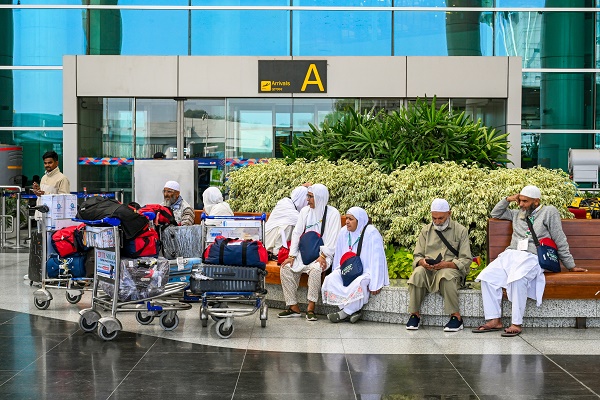
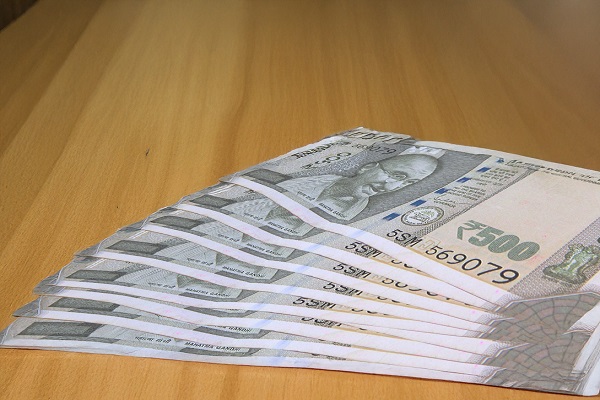
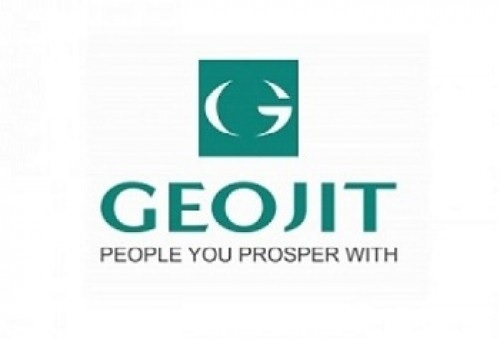
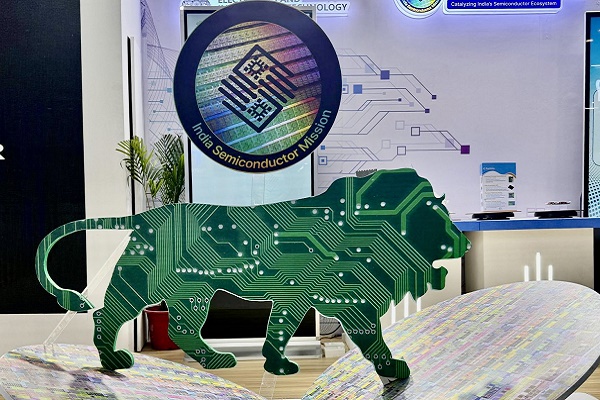
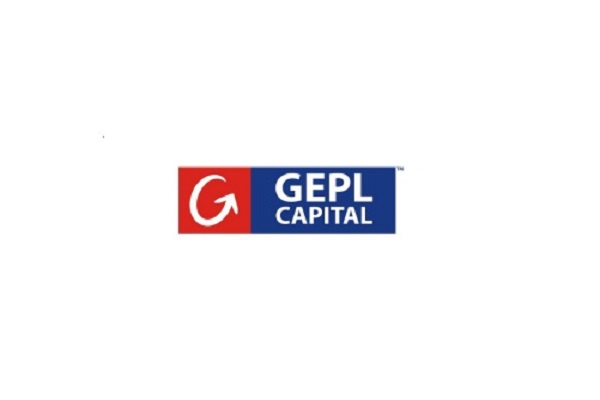
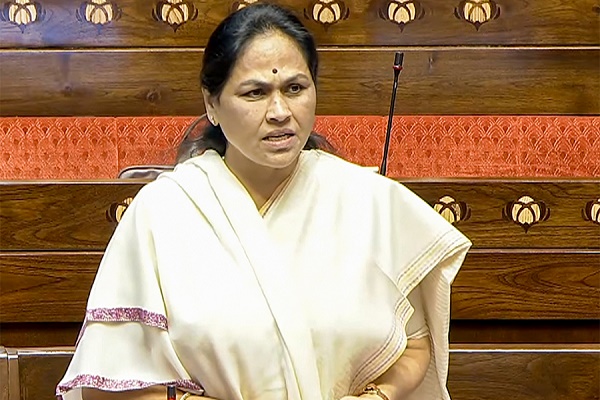

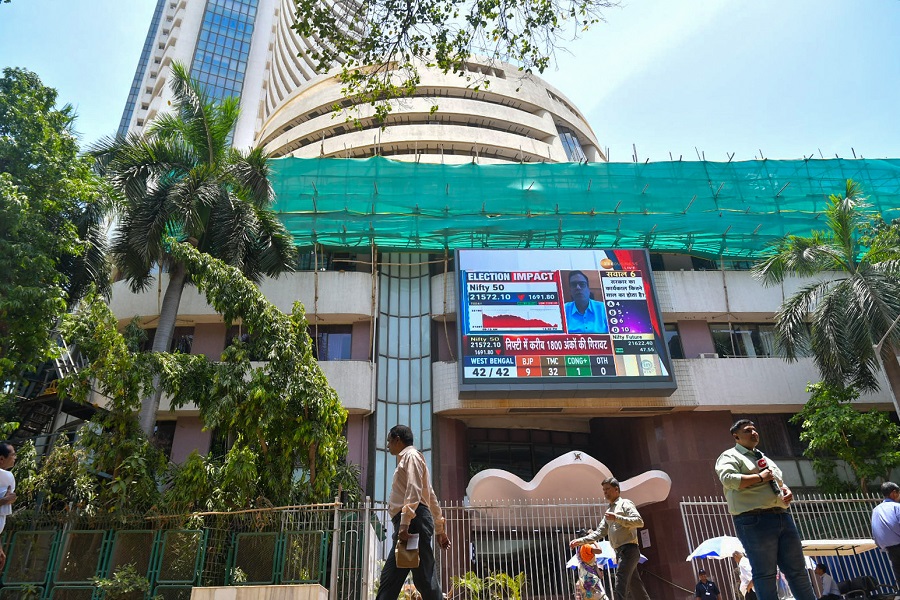
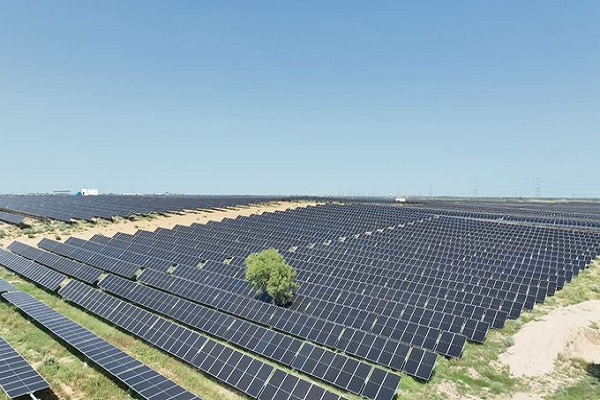
More News
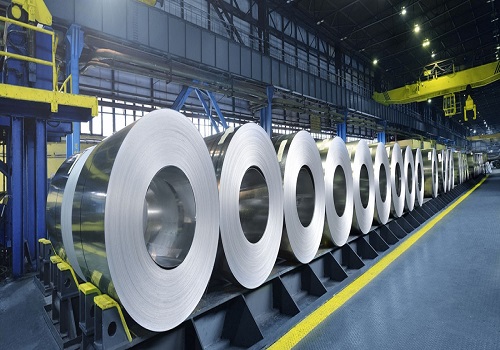
Metals & Mining Sector Update : Aluminum: Supportive sentiments, fragile fundamentals by Kot...
